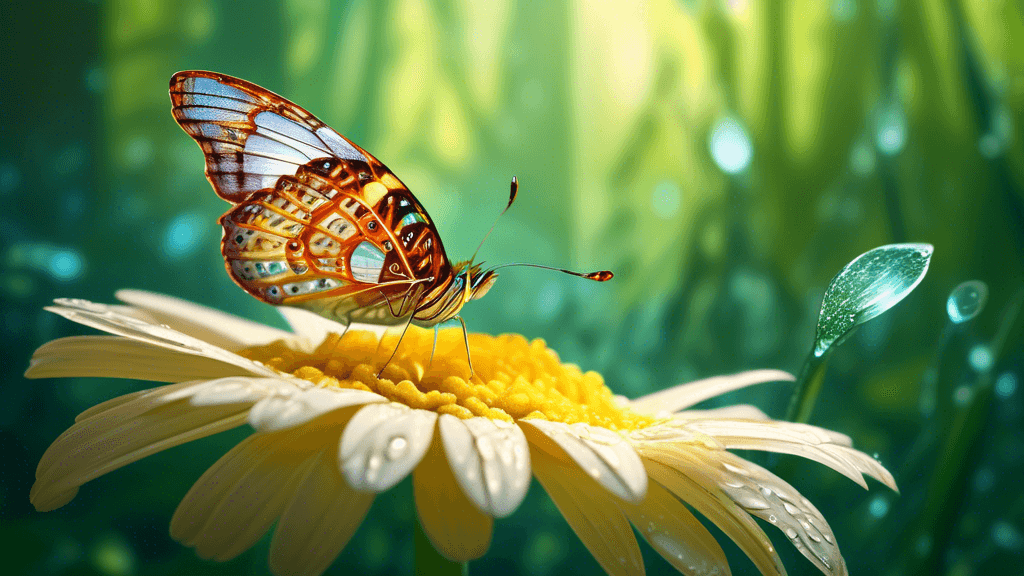
Exploring the Details: Macro Photography in Nature
Share
Understanding Macro Photography in a Natural Environment
Macro photography is a realm that allows photographers to explore the intricate details of nature that are usually overlooked. With the capability to magnify small subjects, it offers a unique perspective on the world around us. But what exactly defines macro photography, and why does it hold significant importance in understanding and appreciating the natural environment?
What is Macro Photography?
Macro photography refers to the technique of photographing small objects up close to achieve in images that are life-sized or larger than life representations on the camera sensor. Typically, this involves a magnification ratio of 1:1 or higher. In simpler terms, the size of the subject on the sensor is equal to or larger than its size in real life.
Tools and Techniques for Mastering Macro Photography
To engage in macro photography, photographers need specific tools and techniques to capture the vivid details effectively: - Macro Lenses: Specialized lenses designed to focus sharply on very close subjects, and provide higher magnification ratios. - Tripods: Essential for stabilizing the camera at close range and for fine-tuning composition without causing unwanted blur. - Lighting: External lights or flash units help illuminate the subject evenly, revealing detailed textures often missed by the naked eye.
Moreover, techniques like focus stacking, where multiple images at different focus distances are combined, can enhance depth of field in macro photography, providing more detail across the entire subject.
The Significance of Macro Photography in Environmental Conservation
Macro photography does more than capture beautiful images; it plays a pivotal role in environmental education and awareness. By bringing minute details to the forefront, it: - Highlights biodiversity: Shows the complexity and variety within small ecosystems, which can foster a deeper appreciation for microhabitats. - Encourages conservation efforts: Detailed images of lesser-seen creatures and plants can draw attention to the need for protecting these species and their environments.
Environmental conservationist, Dr. Sylvia Earhart, emphasizes this point, stating, Macro photography can reveal the hidden beauty and vital importance of organisms that play crucial roles in our ecosystems but are often ignored in broader conservation conversations.
Examples of Macro Photography in Nature
Whether it's the intricate patterns on a butterfly's wing or the delicate structure of a mushroom emerging from the forest floor, macro photography illuminates these fascinating details. Here are a few examples where macro photography has shed light on unseen aspects of nature: - Insects: The diverse textures and colors of insects, which are crucial for ecological balance. - Flora: The subtle interplays of light and shadow in the petals of flowers, often resulting in breathtaking imagery. - Aquatic life: The complex, often miniature ecosystems found in ponds and streams.
Each of these subjects not only represents a photographic challenge but also an opportunity to advocate for the minuscule marvels of our planet.
Fostering a Connection Through Macro Photography
Macro photography fosters a unique connection between the photographer and subject, offering a meditation on details that form the building blocks of our environment. It requires patience, precision, and creativity, attributes that enhance a photographer's skill and a viewer's appreciation for both the art and the environmental message conveyed.
Conclusion: The Big Picture Seen in Small Frames
Through the lens of macro photography, we gain insight into the complexity of life on a small scale. This form of photography not only enhances our appreciation of nature's beauty but also highlights the urgent need to conserve our planet's diverse habitats and species. By celebrating the minute details, macro photography reminds us of their importance to the global ecological tapestry.
Are you ready to explore the world of macro photography? Start by venturing into your own backyard or nearby park with your camera, and witness the unnoticed world that thrives in silence. Remember, every small frame captures a bigger story waiting to be told. Let your photography speak for those who cannot speak for themselves and help bring about a change in how we view and treat our natural surroundings.





